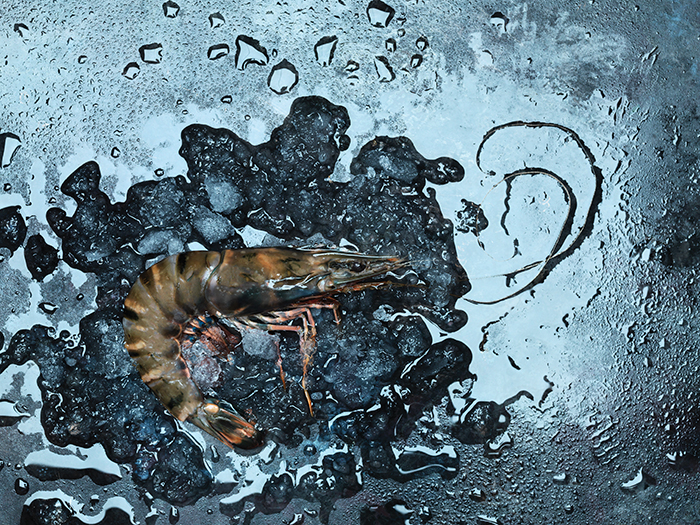
Project Sea Dragon is a $US1.45 billion Black Tiger Prawn venture from the Seafarms Group, based at several sites across northern Australia with the grow-out facilities to be on Legune Station in the Northern Territory. With an export-oriented production target of 100,000 tonnes, it has been granted ‘major project’ status by the Australian, Northern Territory and Western Australian governments.
The Seafarms Group already has farms at Cardwell and Ingham in Queensland that produce about 1500 tonnes of Black Tiger Prawns and Banana Prawns a year under the Crystal Bay brand. These operations have provided a proving ground for the production systems it plans to roll out at Legune Station over eight years. Construction of the first 1120 hectares of ponds at Legune Station is expected to begin in 2017, with commercial production to start in 2019.
Breeding initiative
Seafarms Group is the only producer to be part of the Australian Research Council (ARC) Industrial Transformation Research Hub for Advanced Prawn Breeding, along with James Cook University, CSIRO, Australian Genome Research Facility, University of Sydney and Vlaams Instituut voor Biotechnologie. The aim of the five-year project is to sequence the genome of the Black Tiger Prawn. More than 40,000 DNA markers have already been identified to help develop a breeding program based on genomic selection.
Seafarms Group’s executive director Chris Mitchell says that the cost competitiveness of aquaculture compared with producing other sources of animal-meat protein means large-scale aquaculture will play an increasingly important role in meeting rising global demand.
“The project will leverage Australia’s comparative advantages in biosecurity, marine science, access to key raw materials and expertise in large-scale resource and agricultural development. A project of such large scale means Australia can be a low-cost producer, and Australia’s strong biosecurity credentials and the project’s relative remoteness will assist in mitigating biosecurity risks.”
Queensland challenge
Construction is also scheduled to begin in 2017 on an expansion for Pacific Reef Fisheries in northern Queensland. In addition to its farm at Ayr, which produces more than 1000 tonnes of prawns a year, the company will build new ponds at Guthalungra, where its hatchery is based, taking annual production capacity to about 4000 tonnes.
The expansion at Guthalungra has been 15 years in the planning, with investment in the past eight years into water discharge treatment options. General manager John Moloney says this has been the main challenge. The company operates within the Great Barrier Reef water catchment so must meet strict nutrient discharge requirements.
To achieve this, new water treatment systems, including mangrove wetlands and seaweed beds, have been developed and verified in partnership with James Cook University and the university’s commercial offshoot MBD Energy. The Guthalungra farm is 260 hectares – of this, 25 hectares will be set aside for seaweed beds. Mangrove wetlands have also been established on the company’s farm at Ayr.
“The reality is that we’re in a much better position to expand now than when we first put the plans together. The time is right, from a lot of different perspectives. The prawn farming industry has matured a lot in the past five years.”
Marketing initiatives have helped to build domestic demand, which far exceeds local production. Australia imports 70 per cent of its prawns and John Moloney says while domestic producers will not compete on the smaller, lower-value prawns widely used in food processing, there is room to replace the significant volume of larger, cooked product being imported.
More information
John Moloney,





